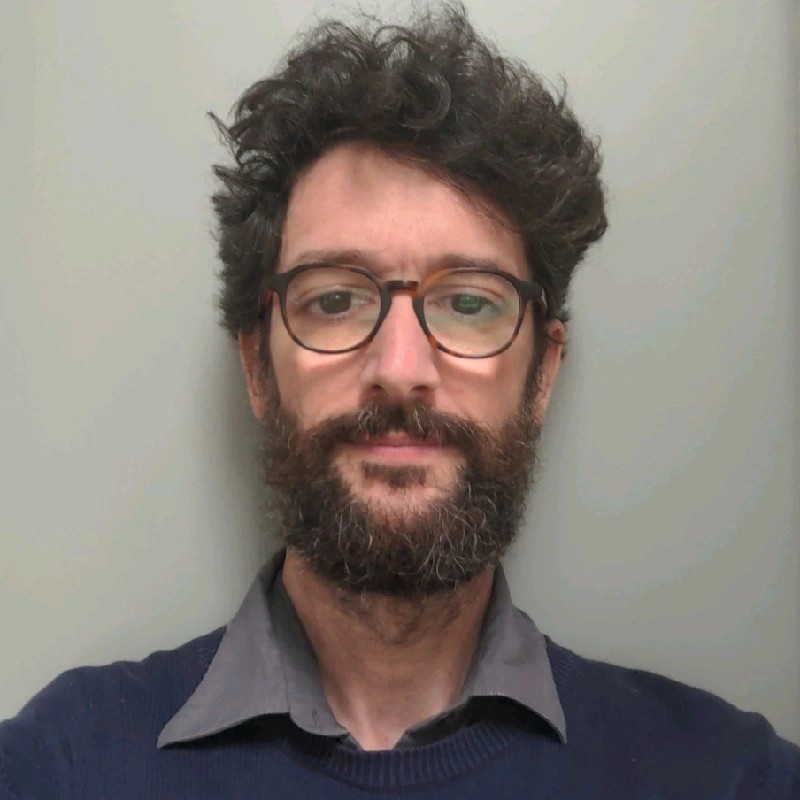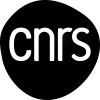Anatole Chessel

Assistant Professor - Ecole polytechnique
Room : 84-20 12
Tél :+33 (0) 16933 5014
anatole.chessel at polytechnique.edu
orcid.org/0000-0002-1326-6305
Research interest
Computational bioimaging for large image datasets
How to manipulate, analyze, visualize large imaging data sets, large in terms of the number of conditions (high content/high throughput imaging -HT/HC-) or size (block face or light sheet microscopy). It is by fully integrating these data into quantitative biology research programs that they will be able to give their full value and play their role in understanding complex biological systems.
Quantitative Geometry
The analysis of large microscopy datasets typically results in a large number of 3D geometric objects, curves, surfaces, points or trees representing cells, their trajectories or the axon tree. To facilitate the workflow of extracting information and knowledge from these data, we are working on GeNePy3D, a Python library of quantitative geometry that aims to unify many mathematical and algorithmic domains - algorithmic geometry, spatial statistics, scale-space... - in an API oriented towards their application use.
Background
2015-now: AP at Laboratoire d'Optique et Biosciences, CNRS / INSERM / Ecole Polytechnique, France
2010–2015 Postdoc with Rafael E. Carazo-Salas, University of Cambridge, Cambridge, UK
2007-2010 Postdoc with Charles Kervrann, Inria Rennes and Jean Salamero, Institut Curie, Paris
2004-2007 PhD, with Frederic Cao (Inria) and Ronan Fablet (Ifremer, Telecom Bretagne) at Ifremer, Brest
Teaching
EA (advanced module) in Biological data science, 3rd year polytechnique engineer program
MODAL (Practical course), 2nd year polytechnique engineer program
TREX (Practical course) in image based quantitative biology, 3rd year polytechnique engineer program
Master 2 IMALIS, ENS Ulm, 'Bioimage informatics for neuroimaging' in the 'Optical Microscopy : principles and applications in Neurosciences' module
Publications
Complete list on google scholar
Selected publication:
Lim, S., Beaurepaire, E., Chessel, A. 2023. NU-Net: A Self-Supervised Smart Filter for Enhancing Blobs in Bioimages. In Proc. IEEE International Conference on Computer Vision (ICCV 2023).
Raoux, C., Chessel, A., Mahou, P., Latour, G., Schanne-Klein, MC. (2023). Unveiling the lamellar structure of the human cornea over its full thickness using polarization-resolved SHG microscopy. Light: Science & Applications 12(1) 190 (2023).
Phan, MS., Matho, K., Beaurepaire, E., Livet, J., Chessel, A. 2022. nAdder: A scale-space approach for the 3D analysis of neuronal traces. PLoS Computational Biology 18 (7), e1010211 (2022).
Phan, MS., Chessel, A. 2022. GeNePy3D: a quantitative geometry python toolbox for bioimaging. F1000Research (2021).
Abdeladim, L., et al. 2019. Multicolor multiscale brain imaging with chromatic multiphoton serial microscopy. Nature Commun. (2019).
Osokin, A., Chessel, A., Carazo, S.R.E. and Vaggi, F., 2017. GANs for Biological Image Synthesis. In Proc. IEEE International Conference on Computer Vision (ICCV 2017).
Chessel, A., 2017. An Overview of data science uses in bioimage informatics. Methods.
Williams, E., Moore, J., Li, S.W., Rustici, G., Tarkowska, A., Chessel, A., Leo, S., Antal, B., Ferguson, R.K., Sarkans, U., Brazma, A., Carazo Salas, R.E. and Swedlow, J.R. 2017. Image Data Resource: a bioimage data integration and publication platform. Nature Methods, 14, 775–781 (2017).
Graml, V.*, Studera, X*., Lawson, J.L.*, Chessel, A.*, Geymonat, M., Bortfeld-Miller, M., Walter, T., Wagstaff, L., Piddini, E. and Carazo-Salas, R.E., 2014. A genomic Multiprocess survey of machineries that control and link cell shape, microtubule organization, and cell-cycle progression. Developmental cell, 31(2), pp.227-239.
Chessel, A., Cinquin, B., Bardin, S., Salamero, J. and Kervrann, C., 2009, June. Computational geometry-based scale-space and modal image decomposition: Application to light video-microscopy imaging. In International Conference on Scale Space and Variational Methods (pp. 770-781).



